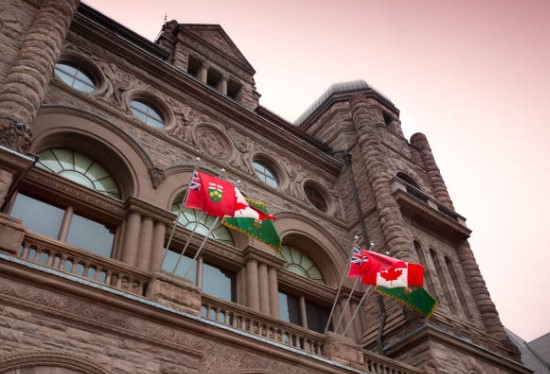The key to successful investing is within your control. Do what is right and investment success should follow.
Be proactive and make intelligent investing decisions while at the same time avoiding the temptation to do things that have not historically worked. It can be that simple.
We will offer four ideas on how to construct a profitable investment portfolio. Our question to you is: Are you currently doing all you can to manage your investment portfolio or should you be making some adjustments?
- Asset Allocation. The most important single decision you can make is having the correct asset allocation. Asset allocation means how you diversify your investments among the various investment categories, most notably between stocks and bonds.
Research has shown that in excess of 90 per cent of the volatility of your investments can be attributed to asset allocation. Asset allocation is the single most important variable that will determine your return on investment.
- Asset Location. After the key asset allocation decision has been made, it is important to decide in which account each investment should be held. That is referred to as asset location.
For example, if you own stocks, or mutual funds that invest in stocks, it is likely better that these investments be held in your open, non-registered investment account. The reason is taxation on dividend income from Canadian corporations or capital gains on any investment receive preferential tax treatment and these benefits are best used in your open account, which is subject to tax.
Any bond investments or other securities that pay interest income are better held in your registered account. Either a Registered Retirement Savings Plan or Registered Retirement Income Fund.
Interest income does not have any income tax benefits similar to Canadian dividends or capital gains and that is the reason it is best to earn interest income in your registered account. Interest income, or any investment income, is not taxed while the funds continue to be held in a registered account.
The best account for many investors is the Tax-Free Savings Account. Investments held within a TFSA are exempt from income tax while they are held within the account. Unlike registered accounts there is no income tax due when the funds are withdrawn.
Most investors with a long-term perspective should own equity investments within their TFSA.
- Diversification. The single best way to add safety to your investment portfolio is with diversification. Diversification is something you do because you are not able to predict the future and want to reduce investment risk by spreading that risk over many different investments.
Many investors have their favourite securities and become familiar with them. Sometimes familiarity is a motivation to invest in something that is understood.
Whether you understand a security or not, the simple truth is you have no way of knowing how it will perform. Diversification is the best way to manage risk.
- Low Cost. It pays to understand how much your investments are costing. This is particularly true with mutual funds that are the investment vehicle of choice for most Canadians.
The average cost of Canadian mutual funds is about 2.4 per cent. That is the amount of the Management Expense Ratio, commonly referred to as the MER, which is paid every year.
The cost of owning a Canadian mutual fund is largely unchanged over the past many decades, despite the increased popularity and hundreds of millions of dollars flowing into this lucrative market. Investors who can be cost-conscious in other aspects of their lives tend to overlook the high cost of owning mutual funds.
Studies show that there is a direct correlation between high mutual fund costs and low fund performance. Mutual funds with lower costs do better than their rivals that are more expensively priced.
Our recommendation is to invest wisely. Follow these four simple strategies and we hope this will help you achieve good investing results.







